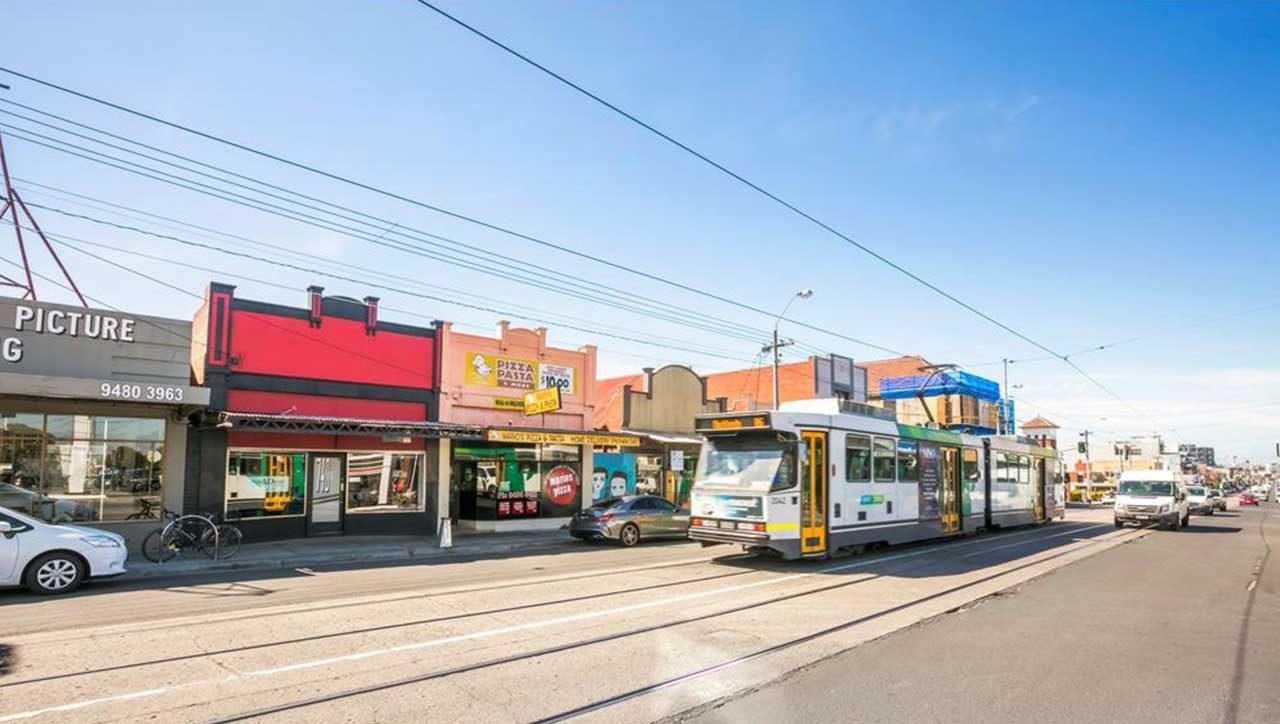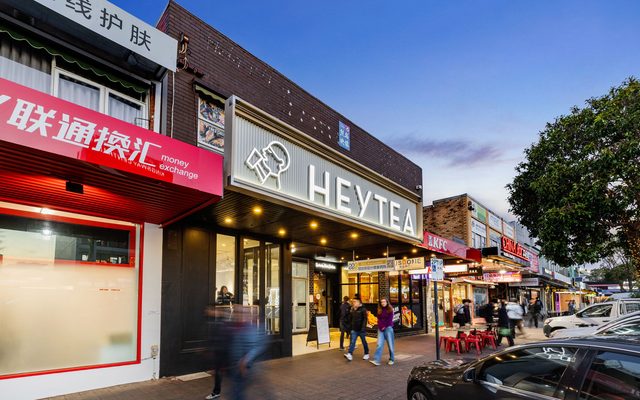This article is from the Australian Property Journal archive
THE rise of service retail has reinvigorated some of Melbourne’s shopping strips by pushing down vacancies, but it has come back to bite the strips that relied heavily on food and beverage.
According to the latest Fitzroys’ Walk the Strip report, 26 precincts of the 33 shopping strips surveyed over 2018/19, saw an increase in service retailers – compared to specialty retail which increased across 15 strips and F&B which rose in eight locations.
Across Melbourne specialty remains the largest component at about 34%, service retail is quickly catching up with around 30% of businesses, pipping F&B at 29%, and vacant shops 7%.
Fitzroys director David Bourke said more than 85% of precincts that saw an increase in service retail over 2018/19 also witnessed a tightening in vacancy, in contrast 89% of locations in which F&B decreased, vacancies climbed higher.
Bourke said Melbourne’s population growth rise in apartment living had prompted a well-documented food and beverage boom throughout retail strips in recent years but this is evolving to service retail.
“Much of the growing population is centred around the shopping and lifestyle strips, and people appreciate the convenience of medical, health and skin care clinics, dentists, optometrists, masseurs, and fitness studios and gyms located nearby.
“Service retailers have started to move from the periphery of the strips to prime locations. These were locations they previously wouldn’t have considered, but they are now emerging as a major component of Melbourne’s shopping precincts,”
Bourke said service retail had not just become more prominent, but demand has spurred the offering to become more nuanced.
“We have seen medical and skin clinics with more specific focuses emerge; as well as a growing range of massage types on offer, yoga disciplines, or fitness studios.
“For all the consumer behavioural and shopping changes brought about by e-commerce and logistics advancements, it remains difficult for the online world to replicate a quality service retail and hospitality offer,” he added.
Meanwhile Bourke said the fall in F&B and resulting uplift in vacancies signalled a recalibration of the retail strips’ offering.
Some strips have thrived in the retail environment of recent years, with Smith St, Collingwood; Swan St, Richmond; and Chapel St, Windsor all enhancing their reputation as hospitality and nightlife hotspots, while other destinations that have historically been dominated by F&B have failed to keep up with innovation, such as Fitzroy St and Acland St in St Kilda, and Lygon St in Carlton.
Fitzroys director of leasing Rick Berry said retail strips are a reflection of the retail landscape.
“Melbourne’s strips reflect where retail and its different forms are at a certain point in time. This creates an environment that encourages innovation and intuition.
“Smarter operators that can capture cultural and services demands will influence the retail landscape. Well-located properties will remain in high demand. Those fundamentals won’t change,” Berry said.
Trendy hospitality and lifestyle precincts in the inner north recorded some of the sharpest vacancy rates in 2018/19, where service retail is making an impact. Smith St, Collingwood has seen vacancy tighten to 2.7%, helped by service retail surging from 17% to 36% over the past two years; while in High St, Northcote vacancies tightened further to 3.0% as the proportion of service retail grew by 3.7% over 2018/19.
The proportion of service retailers has also increased in the inner north such as Sydney Rd, and has become noticeably more prominent along Hampton St, Hampton; Centre Rd, Bentleigh; Bay St, Port Melbourne; Douglas Parade, Williamstown, and Glenhuntly Rd, Elsternwick.
Meanwhile, evergreen strips in strong catchments with a specialty and fashion-oriented offering continue to trade strongly. Vacancies in Church St, Brighton remain low at 2.7%, while Hawksburn Village – traversing the border of Toorak, South Yarra and Prahran – was down from 10.1% to 6.2%.
High St, Armadale continues to see retail tenants clambering for absolute prime sites, including Melbourne designer Bernadette Pimenta Couture which took a refurbished shop-top office space for its new bridalwear showroom and design studio.
They are among the strips with the highest proportion of specialty retail. Hawksburn Village is second with 57.7%, after the highest increase over 2018/19 of more than 10%, while Church St has 55%, and High St is fifth with 50%.
The biggest improvements in vacancies were seen in Hawksburn Village (tightening by 3.9%); Douglas Parade (3.6%); Glen Huntly Rd (3.5%) and Bridge Rd, from Church St to Burnley St (both by 2.9%)
Vacancy rates across recent strugglers come have down. Chapel St, South Yarra – which has a high specialty retail component of 55% – was down to 15.6% from 18.1%, and all three major sections of Bridge Rd, Richmond have also firmed.
Berry said supply constraints across different strips remain a major driver of ongoing low vacancy rates along Church St, Brighton and Hawksburn Village, while Chapel St, South Yarra and Bridge Rd, Richmond have been impacted by their massive supply levels and are the exceptions, rather than the rule.
Bay St, Port Melbourne remains the best example of medium and high-density residential enabling a turnaround and thriving of a retail strip. Vacancies continued to fall from 7.2% to 4.9% last year and are now down to 3% amid a pick-up in service retail.
Prime rents for retail spaces of 100 sqm to 120 sqm and a circa 6.5m frontage have broadly remained steady over 2018/19. Church St, Brighton continues to command the highest rents, typically at $1,250 to $1,350 per sqm, while High St, Armadale lifted to $950 to $1,050 per sqm. Properties around Burke Rd and Camberwell Junction continue to attract higher rents, from $950 to $1,100 per sqm for prime properties.
Hawksburn Village attracts prime rents of $700 to $800 per sqm; Clarendon St from $600 to $700 per sqm; and Swan St from $650 to $750 per sqm. Prime Smith St rents were steady at $600 to $800 per sqm, and Chapel St, South Yarra rents came in at $800 to $900 per sqm.
Meanwhile a surge in office development surge across the inner suburbs such as Richmond and Cremorne, dubbed as Melbourne’s Silicon Valley, has revitalised Swan St and transformed the location into one of the city’s premier F&B hotspots.
“Swan St’s resurgence in recent years has helped propel the rise of the commercial markets in Richmond and Cremorne, as the city fringe office markets grow in popularity. More people are looking to work close to home, and for greater amenity, hospitality and lifestyle options nearby,” Bourke said.
Home to a myriad of tech, creative firms and start-ups, that demand is now spreading over to Collingwood.




